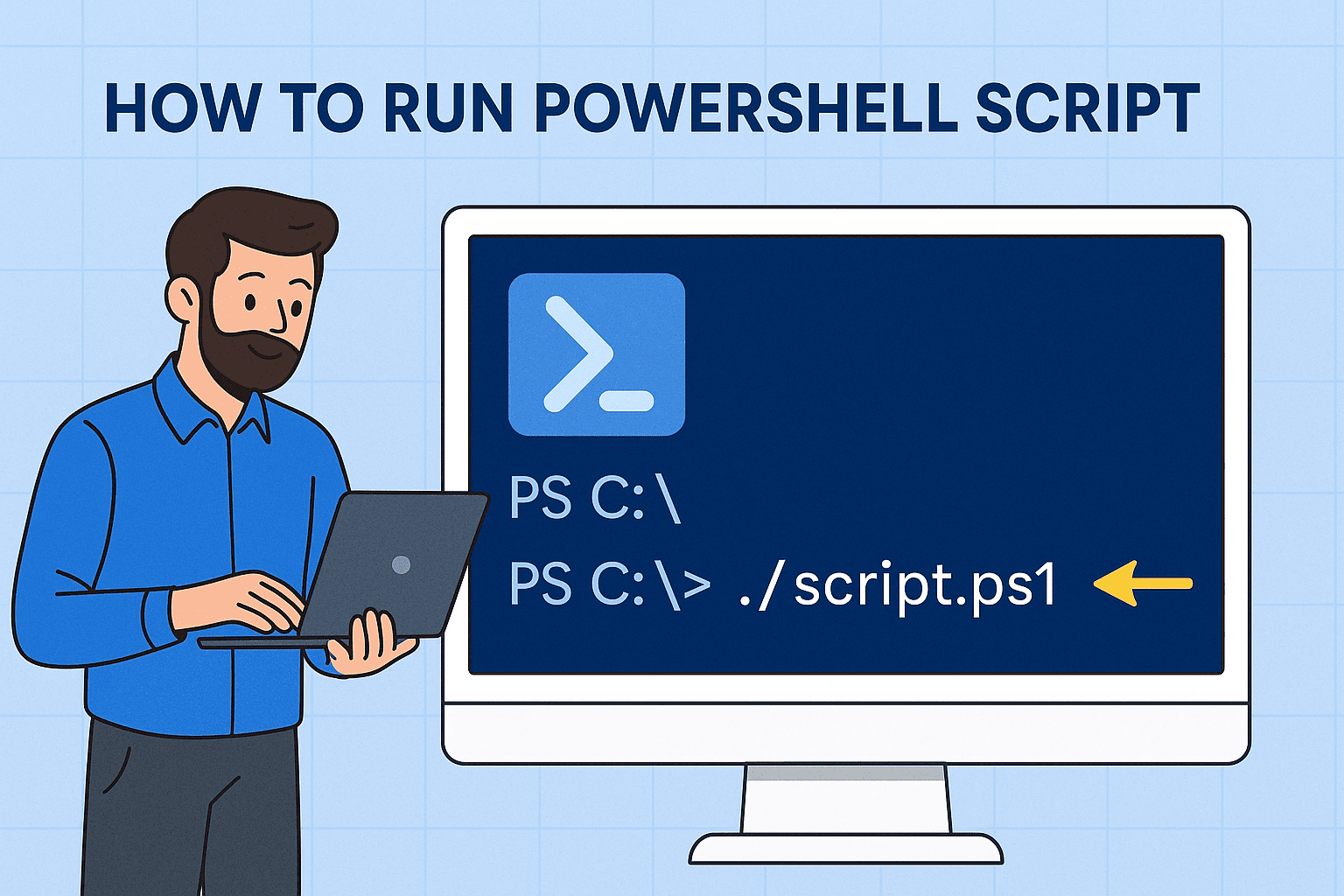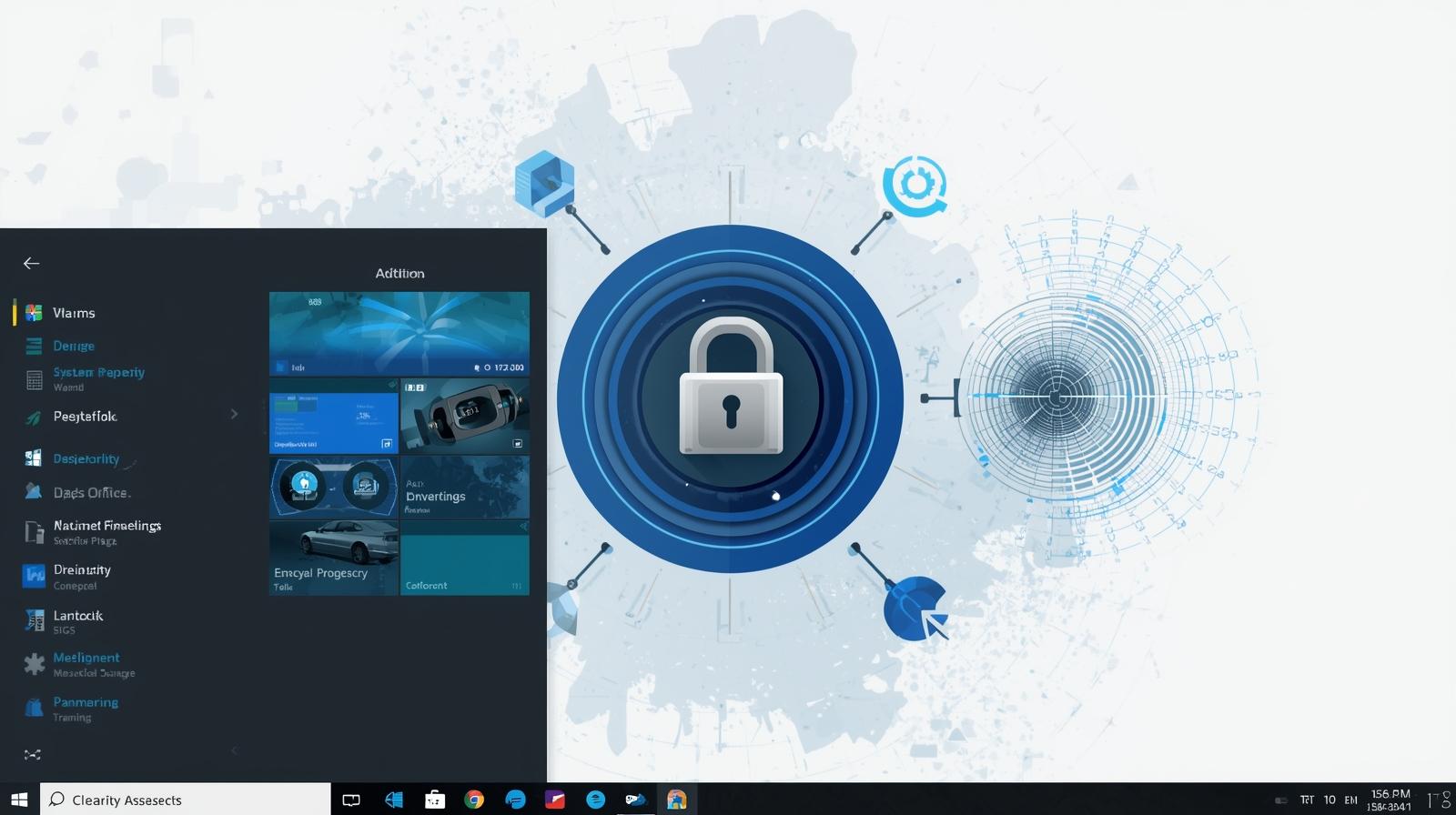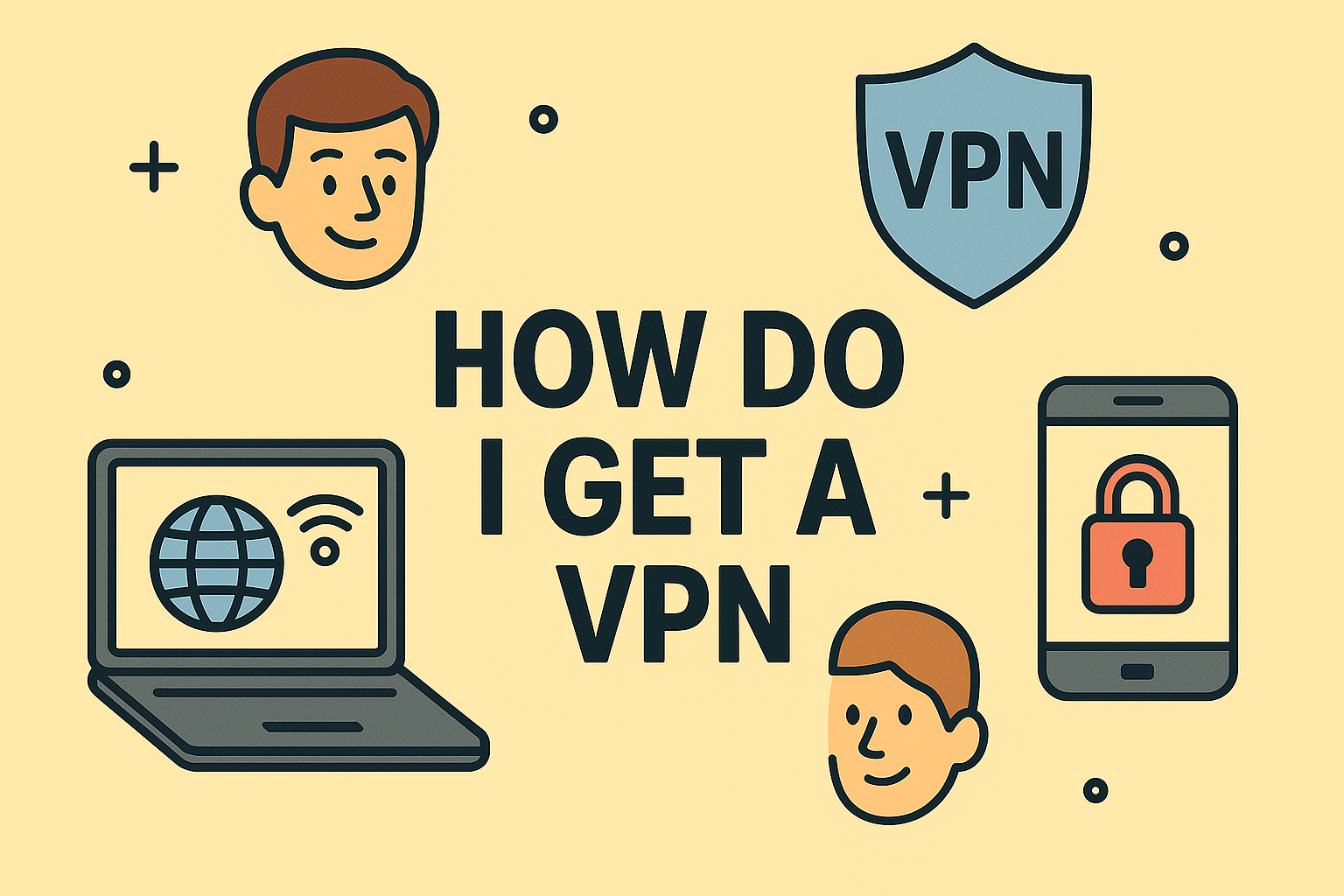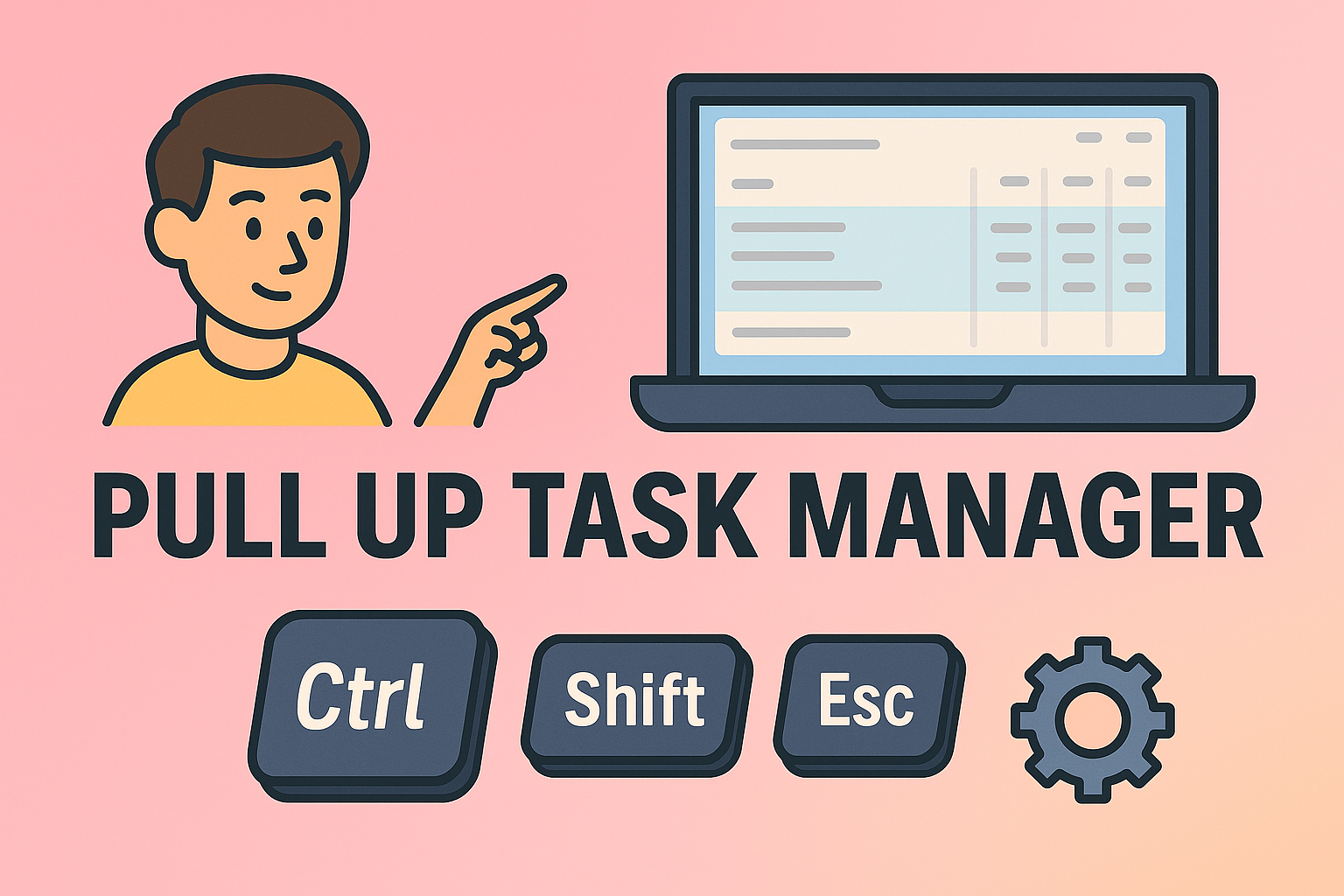Running Windows on a Chromebook: Everything You Need to Know
Updated on September 26, 2025, by ITarian
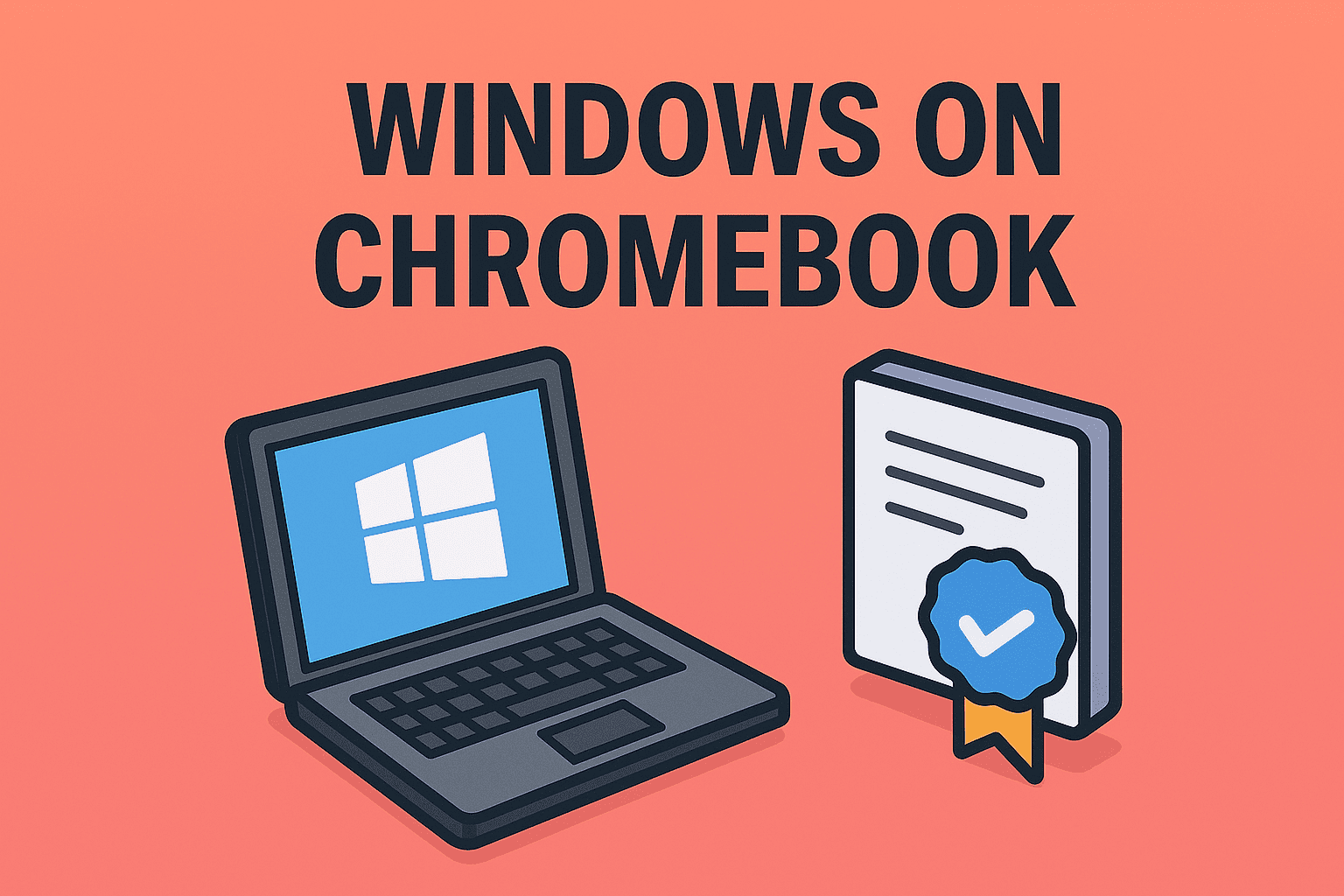
Have you ever wondered if you could run full Windows software on a Chromebook? While ChromeOS is lightweight and secure, it sometimes lacks compatibility with enterprise apps. That’s why many professionals search for ways on how to get Windows on Chromebook. Whether you’re an IT manager ensuring cross-platform compatibility, a cybersecurity expert testing apps, or a CEO managing hybrid workflows, having Windows on a Chromebook can expand your device’s potential.
In this article, we’ll walk through different methods to install or run Windows on a Chromebook, cover system requirements, security considerations, and provide best practices for IT teams managing these deployments.
Why Run Windows on a Chromebook?
Before jumping into installation methods, let’s explore why professionals might need this setup:
-
Software compatibility – Run desktop apps like Microsoft Office, QuickBooks, or Adobe tools.
-
Enterprise flexibility – Access legacy Windows-only business applications.
-
Cybersecurity testing – Run endpoint protection tools in Windows environments.
-
Remote productivity – Use RDP (Remote Desktop Protocol) for secure connections.
While ChromeOS is excellent for cloud-based tasks, Windows integration makes Chromebooks more versatile.
Options for Getting Windows on Chromebook
There’s no official Microsoft support for dual-booting ChromeOS and Windows, but several workarounds exist.
1. Virtualization (Best for IT Managers)
Using virtualization allows you to run Windows inside a Chromebook without removing ChromeOS.
-
VMware Horizon – Popular in enterprise environments, enabling Windows apps on managed Chromebooks.
-
Parallels Desktop for Chromebook Enterprise – Lets businesses run Windows alongside ChromeOS seamlessly.
Pros: Secure, no permanent OS replacement.
Cons: Requires enterprise licenses and powerful hardware.
2. Remote Desktop Access
If you already have a Windows PC or server, you can access it via Chromebook.
-
Install Microsoft Remote Desktop from the Chrome Web Store or Play Store.
-
Configure RDP on your Windows system.
-
Connect from Chromebook to access Windows remotely.
Pros: Easy setup, no complex installation.
Cons: Needs constant internet connection.
3. Installing Windows via USB (Unsupported Hack)
Advanced users can attempt to install Windows directly on a Chromebook by modifying firmware.
Steps include:
-
Check compatibility (not all Chromebooks allow Windows installs).
-
Enable Developer Mode.
-
Flash a custom BIOS like MrChromebox’s UEFI firmware.
-
Create a Windows bootable USB using Rufus.
-
Boot and install Windows.
Warning: This method can void warranty, reduce security, and cause instability. IT managers should avoid deploying this in enterprises.
4. Cloud Services (Windows in the Cloud)
Using services like Amazon WorkSpaces, Shadow PC, or Windows 365, you can run Windows virtually.
-
Access via browser or Android app on Chromebook.
-
Provides full Windows experience with enterprise-grade security.
Pros: Scalable, secure, accessible from anywhere.
Cons: Subscription-based, requires reliable internet.
System Requirements for Windows on Chromebook
If you plan to run Windows natively or virtually, ensure your Chromebook has:
-
Intel or AMD processor (ARM-based models have limited support).
-
At least 8GB RAM for smooth virtualization.
-
64GB+ storage for dual-boot or VM setups.
-
Stable internet connection for cloud or RDP solutions.
Security Implications for Enterprises
From a cybersecurity perspective, running Windows on a Chromebook can introduce risks:
-
Loss of ChromeOS protections (sandboxing, verified boot).
-
Vulnerabilities in dual-boot firmware modifications.
-
Data leakage if remote connections aren’t encrypted.
-
Higher patch management needs for Windows endpoints.
Best Practices for IT Leaders:
-
Use enterprise-grade virtualization (VMware, Parallels).
-
Enforce MFA and VPNs for remote sessions.
-
Monitor Windows workloads with endpoint detection tools.
-
Provide employee training on safe usage.
Pros and Cons of Each Method
| Method | Pros | Cons | Best For |
|---|---|---|---|
| Virtualization | Secure, enterprise-ready | Requires hardware resources | IT managers, businesses |
| Remote Desktop | Easy, lightweight | Needs constant internet | Remote teams, small businesses |
| Native Install (USB) | Full Windows | Risky, unsupported | Tech enthusiasts |
| Cloud Windows Services | Scalable, secure | Subscription costs | CEOs, enterprises |
FAQs on Getting Windows on Chromebook
Q1. Can I officially install Windows on a Chromebook?
No, Microsoft and Google don’t provide official support for dual-boot. Alternative methods exist but have risks.
Q2. Which Chromebooks support Windows installation?
Only Intel/AMD-based Chromebooks with UEFI firmware mods support it. ARM Chromebooks don’t.
Q3. Is it safe to install Windows natively on a Chromebook?
Not recommended for enterprises due to firmware risks and loss of ChromeOS security.
Q4. Can I run Windows apps without installing Windows?
Yes, through Parallels Desktop, VMware Horizon, or cloud Windows services.
Q5. Which method is best for businesses?
Virtualization or cloud-based Windows is best, as they balance security and flexibility.
Final Thoughts
Understanding how to get Windows on Chromebook opens up new possibilities for flexibility and productivity. While installing Windows natively poses risks, enterprise-friendly solutions like virtualization, remote desktops, and cloud services provide safer alternatives. For IT managers and CEOs, choosing the right approach ensures security, efficiency, and scalability.
Want to simplify IT security and endpoint management? Start free with Itarian today.





